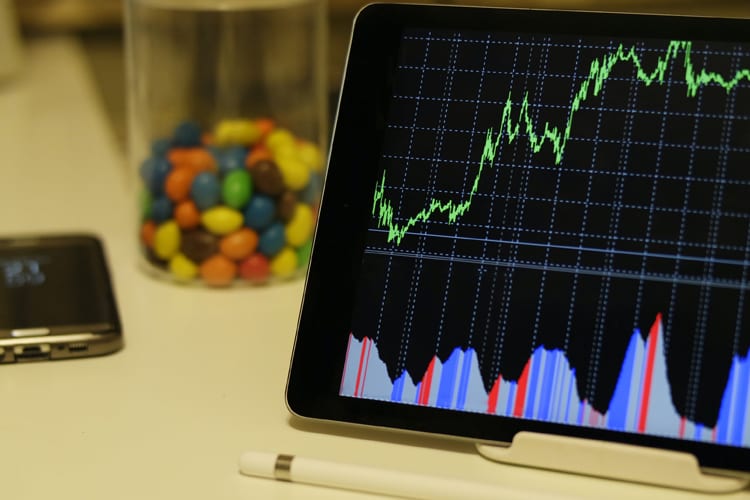Why Stocks are Hitting Record Highs in the COVID-19 Economy

Despite the economic damage caused by the coronavirus, Wall Street is stronger than ever. Stock prices almost universally nosedived in March when the national emergency began but by the end of August, the three most important stock indices had hit new record highs. Millions of Americans are out of work, struggling financially, or facing eviction, yet stock prices are soaring.
The logical question is: why? The stock market is an important indicator of how the economy is performing, but it doesn’t align with the reality right now. So why are stocks soaring now, and what is causing the disconnect with the economy as a whole? Here are the reasons the stock market is outperforming the overall economy.
Future Forecasts
The greatest difference between the stock market and other economic factors is that markets are forward-thinking. A measure like GDP or unemployment only represents a specific instance in time, while stock prices adjust based on predictions and forecasts. This has had two major impacts on the stock market.
First off, there is a relatively close end date in sight for the pandemic. A vaccine for coronavirus could be available by the end of this year, meaning shutdowns that impacted businesses would largely end. While the coronavirus has introduced historic uncertainty into the economy, experts are confident that there is light at the end of the tunnel. That fuels investor optimism, thus allowing the market to surge.
Second, that means the stock market feeds off the news in real-time. For example, a better-than-expected jobs report will often lead to stock surges, which happened in June. Vaccine news, stimulus talks, employment numbers, and earnings reports all influence the market.
GDP vs. Stock Prices
The stock market influences the U.S. gross domestic product and vice versa. In the second quarter of 2020 GDP dropped by 31.7 percent, the worst single quarter in history. Typically, GDP and stock prices move somewhat in tandem, although the link isn’t clear. Regardless, despite an abysmal quarter for GDP, arguably the most important economic indicator, stock prices surged because they represent different facets of the economy.
GDP is also a lagging indicator, compared to the stock market which is a leading indicator. It makes sense that the stock market would begin to heal before other performance markers, as it incorporates the future.
Big Winners
To put it simply, a single stock or index only represents how well a company, or group of companies, is performing. The S&P 500 tracks the 500 largest companies in the U.S. and has surged to record highs after a 1,100 point plunge in March. The index includes a larger share of tech companies than the overall economy, and the field has performed well during the pandemic.
The S&P is also a market capitalization-weighted index, meaning its price depends heavily on larger companies. Amazon, Apple, Microsoft, and other big firms have an outsized impact on the S&P, carrying the index despite an otherwise uneven year. On the other hand, the Dow Jones Industrial Average is a price-weighted index, so companies with the highest stock prices can skew the index. For instance, the Dow Jones is up 11.5 percent year-to-date, and almost 30 percent of those gains came from Boeing’s stock alone.
The Bottom Line
The stock market is a peculiar economic indicator, and can often seem detached from reality. The U.S. is still struggling to adequately contain the coronavirus, and millions of Americans are facing significant financial hardships, yet the market continues to climb. Analysts aren’t certain if this run will continue, but things should continue to improve as more concrete news emerges about vaccine trials and federal stimulus. Regardless, one thing remains constant with the stock market: it’s hard to predict.
Read More: Stash Review: Invest in Amazon, Apple, Netflix, and More









